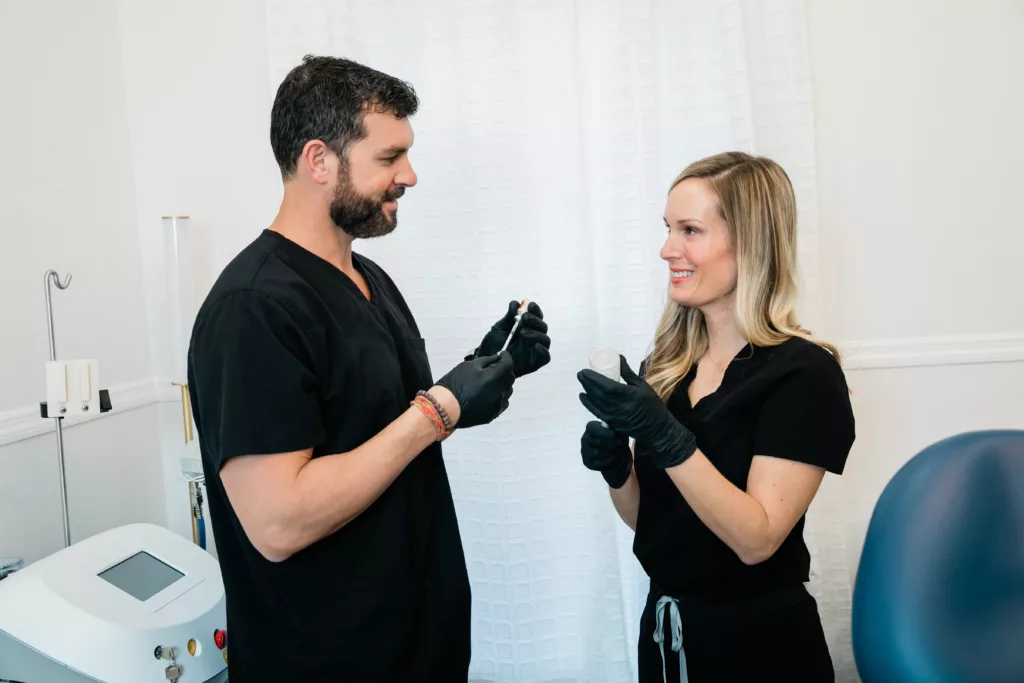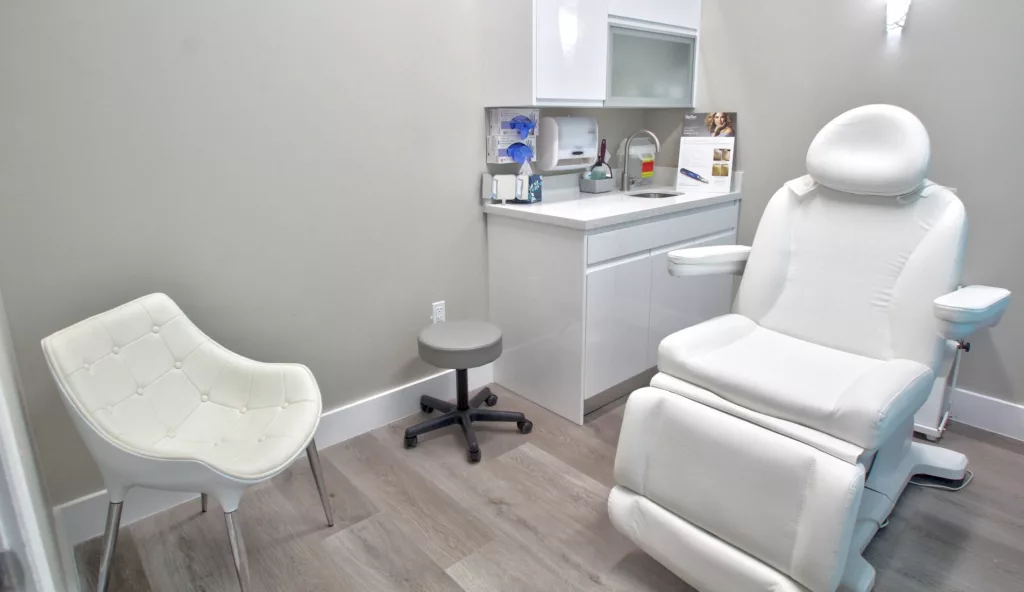When preparing to sell your healthcare practice, understanding add-backs is crucial for accurately representing your practice's true financial performance. An add-back is a discretionary or one-time business expense that isn't essential for day-to-day operations. Let's explore how add-backs affect your practice valuation and why managing them matters.
What Are Add-Backs?
Think of add-backs as expenses that a new owner wouldn't necessarily incur to run the practice. While items like medical supplies and rent are essential operating expenses, discretionary spending like continuing education in Hawaii or employing family members at above-market rates are potential add-backs.
How Add-Backs Impact Practice Value
Add-backs directly affect your practice's valuation through this simple formula:
Revenue - Essential Expenses = Net Income Net Income + Legitimate Add-Backs = Adjusted Net Income Adjusted Net Income × Multiple = Practice Value
Common Add-Back Categories
Common discretionary expenses that may qualify as add-backs include:
- Personal travel and entertainment
- Above-market owner compensation
- Family member salaries
- Vehicle expenses
- Personal insurance premiums
- Retirement plan contributions
- Non-essential professional memberships
- One-time legal fees
- Major equipment purchases
- Discretionary marketing expenses
Why Add-Backs Matter in Practice Sales
Add-backs help create an "apples-to-apples" comparison between practices by normalizing income across different ownership styles. For example, two practices with identical revenue might show different profitability due to varying levels of discretionary spending or debt service. Adding back these expenses helps buyers understand the true earning potential under their ownership.
Best Practices for Managing Add-Backs
While add-backs can enhance your practice value, relying too heavily on them can create challenges during due diligence. Consider these recommendations:
- Clean up your books 2-3 years before selling
- Minimize discretionary expenses as you approach a sale
- Maintain clear documentation for any claimed add-backs
- Focus on demonstrating stable, consistent earnings
- Work with experienced advisors who understand industry-specific add-backs
The Bottom Line
While add-backs are a legitimate tool for representing your practice's true earnings potential, they require careful management and documentation. Buyers may scrutinize or challenge excessive add-backs, so maintaining clean financial records in the years leading up to a sale will strengthen your position during negotiations.
Looking to better understand your practice's value drivers? Contact us for a confidential discussion about maximizing your practice value.



